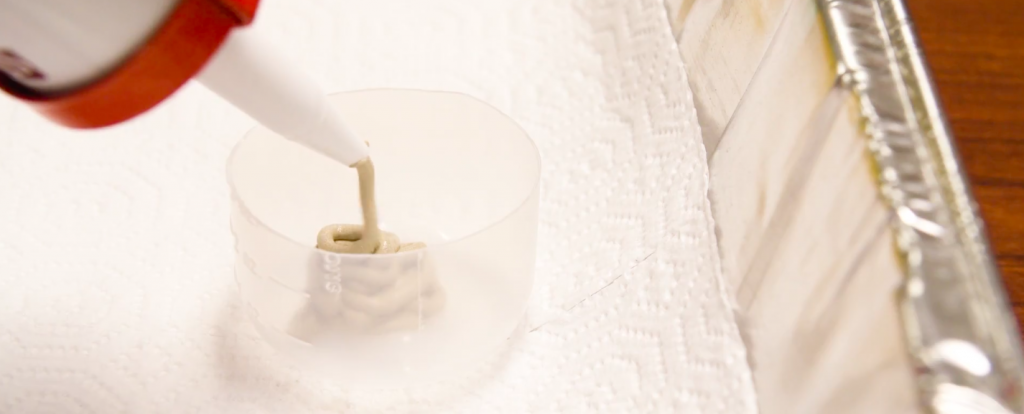Scientists from Michigan State University have produced the first wearable fingertip that mimics human skin using 3D printed molds. The university’s Biometrics Research Group, led by Prof. Anil Jain, produced the silicone fingertips in order to test fingerprint readers and make them more accurate, and secure authenticators.
These models, also known as 3D fingerprint targets, are unlike both their cast and 3D printed predecessors compatible with with all three sorts of fingertip readers, optical, capacitive, and ultrasound-based. Their production and function is illustrated in an academic paper produced by by Jain, Joshua J. Engelsma, Sunpreet S. Arora, and Nicholas G. Paulter Jr.
3-in-1 silicone targets
For the targets to be compatible in all three ways, the paper states that it is necessary to use a specific material which optically resembles the physiology of a fingertip, mechanically feels like a human epidermis, and conveys the electrical properties of skin (this being particularly necessary for the capacitative and ultrasound based fingerprint readers).

The final material chosen was a mixture of thinned silicone, base polymer (polydimethylsiloxane) and skin-like pigment. This is a material that could not be 3D printed by the scientists, meaning that casting the targets was necessary.
3D printing the casting molds
While the targets themselves are cast, the molds used to cast them have been 3D printed. An artificial 2D fingerprint image, physiologically similar to real human fingerprints, was initially made and altered using CAD to incorporate the elevation of a fingertip’s surface.

This 3D image was then inverted and then imprinted on to a semi-cylindrical concave surface. This entire design was then printed in acrylonitrile butadiene styrene (ABS ) on a Stratasys Objet350 Connex 3D, in slices as small as 16 microns each.
Also printed were the scaffolds supporting the molds. After printing, the mold was chemically cleaned, ready to be used for casting. The cast fingerprints could be worn or mounted on to a finger-shaped target.
Biometric tests everywhere
Should these 3D printed targets work as well as Jain’s last project which helped the police unlock the phone of a deceased man, they will provide huge insights into the flaws of a seemingly secure model, and make the devices that utilise fingerprint reading technology harder to hack.
For more on 3D printing and technology, subscribe to our free industry newsletter, like us on Facebook, and follow our Twitter.
Our featured image shows a close-up of a 3D printed and pigmented target. Photo via Youtube/MSU.


